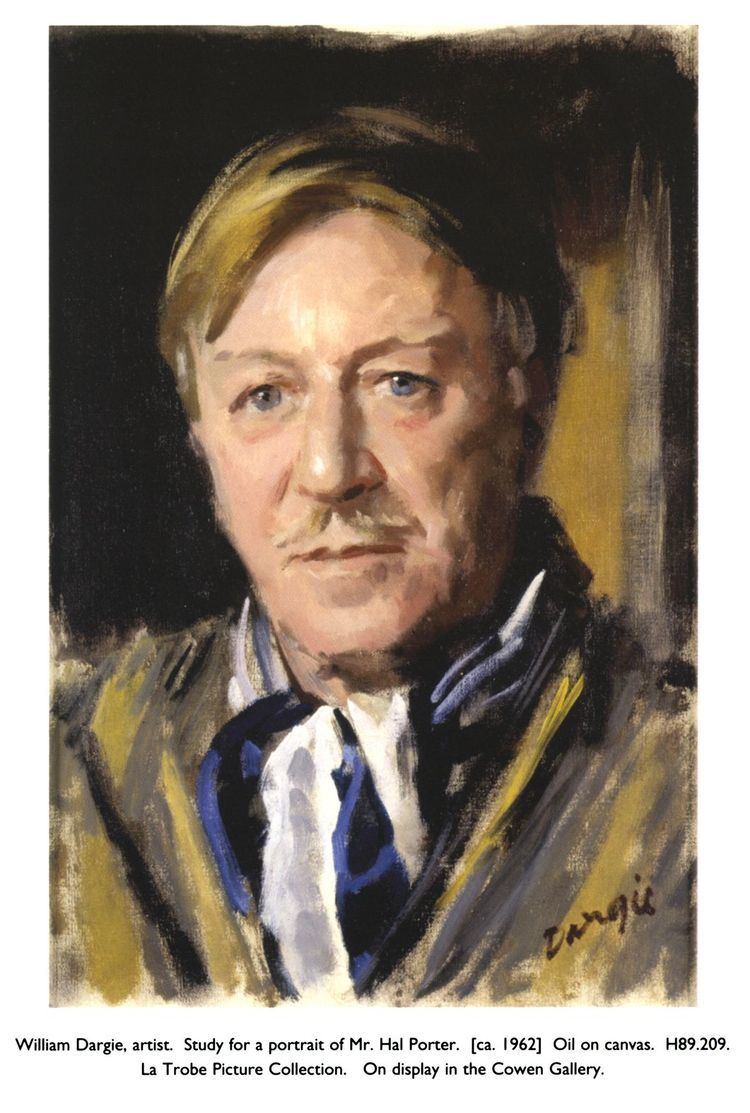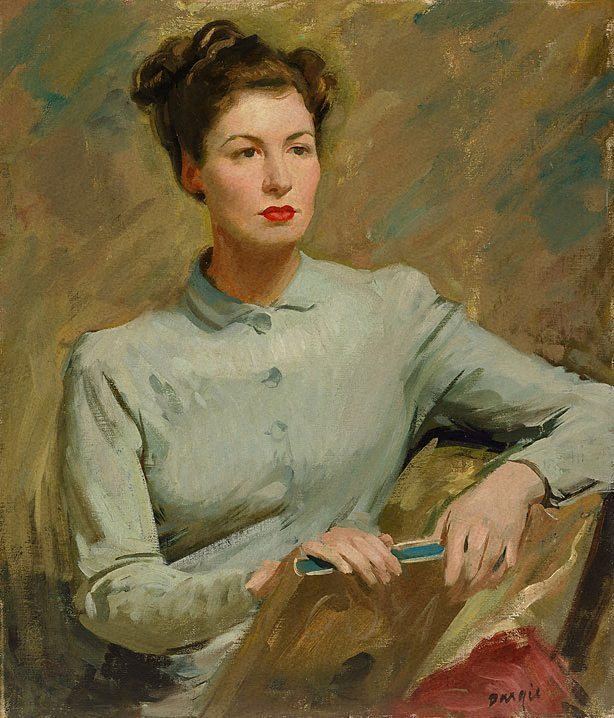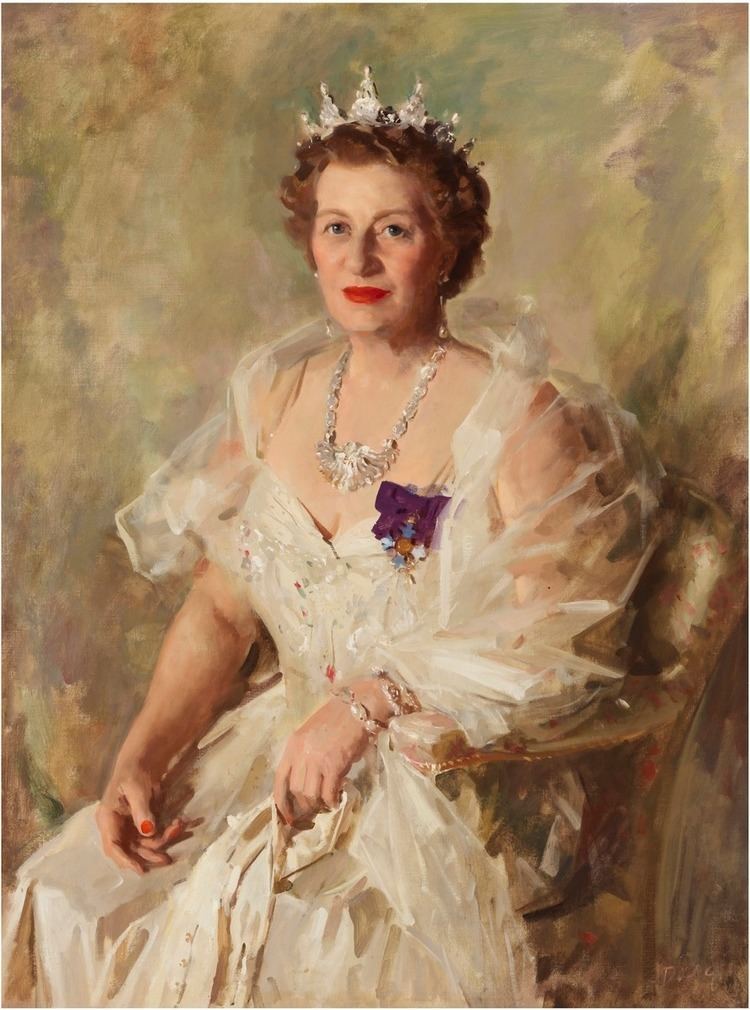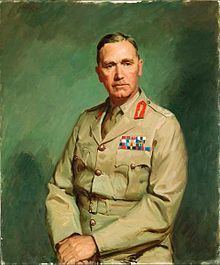Name William Dargie Siblings Horrie Dargie Education RMIT University | Spouse Kathleen Dargie Role Painter | |
 | ||
Artwork Corporal Jim Gordon, V.C., Sir Leslie McConnan Parents Andrew Dargie, Adelaide Dargie | ||
Sir william dargie australia s war artist and eight time archibald prize winner at fed square
Sir William Alexander Dargie (4 June 1912 – 26 July 2003) was an Australian painter, known especially for his portrait paintings. He holds the record for the most Archibald Prize wins; eight. He was an official Australian War Artist during World War II.
Contents
- Sir william dargie australia s war artist and eight time archibald prize winner at fed square
- Painting People
- Biography
- Honours
- Archibald Prize winners
- References

Painting People
Biography

William Dargie was born in Footscray, Victoria, the first son of Andrew Dargie and Adelaide (née Sargent). His younger brother Horrie Dargie was a noted Australian musician and harmonicist.

When he was young he met important Australian artists such as Arthur Streeton and Tom Roberts. During World War II he served with the Australian Army in the Middle East, New Guinea, India and Burma. He was digging a trench in Tobruk, Libya, when he was informed that he had won the Archibald Prize in 1942. More than 500 of his paintings, drawings and sketches are in the collection of the Australian War Memorial, Canberra.

In December 1954 he was commissioned by Melbourne industrialist James P. Beveridge to paint Australia's official portrait of Queen Elizabeth, who posed for him at Buckingham Palace. This was the first of two portraits he created. The second, a replica of the first, was painted as 'insurance' in case the first was lost in transit to Australia. The original hangs in Australia's Parliament House, while the replica is displayed in the National Museum of Australia. The 'wattle painting', as it became known, was well received by the Australian public and became one of the most recognisable and treasured examples of 20th-century Australian portraiture. Shortly after its completion, colour prints were made available and the work took on the status of official portrait.

For many postwar immigrants this portrait was their first encounter with an artwork by an Australian artist as it was reproduced on Australian naturalisation papers from the mid-1950s. Under the terms of the 1954 Australian Citizenship Convention, a print of the work was generally present in local town halls where many naturalisation ceremonies took place.

Dargie painted the Duke of Edinburgh in 1956, as well as official portraits of two Australian Prime Ministers: Sir Arthur Fadden and Sir John McEwen. Other famous Australians who sat for him included such names as Sir Charles Kingsford Smith and Margaret Court. Other commissions included General John Baker, Chief of the Australian Defence Force.

He held positions on several gallery boards, serving on the Commonwealth Art Advisory Board for twenty years. Between 1946 and 1953 he was head of the Victorian Art School at the National Gallery of Victoria.

While he is best known for his portraits, he also painted other works, such as smaller interior views, landscapes and still lifes.
William Dargie died on 26 July 2003, aged 91, two months after the death of his wife Kathleen (née Howlitt).
He was a freemason.
Honours
He was appointed an Officer (OBE) of the Order of the British Empire in 1960, and was promoted to Commander (CBE) in 1969. He was knighted in 1970.
Sir William Dargie was one of many prominent Australians to receive the Centenary Medal in 2001.
Archibald Prize winners
Dargie won the Archibald Prize with the following works:
